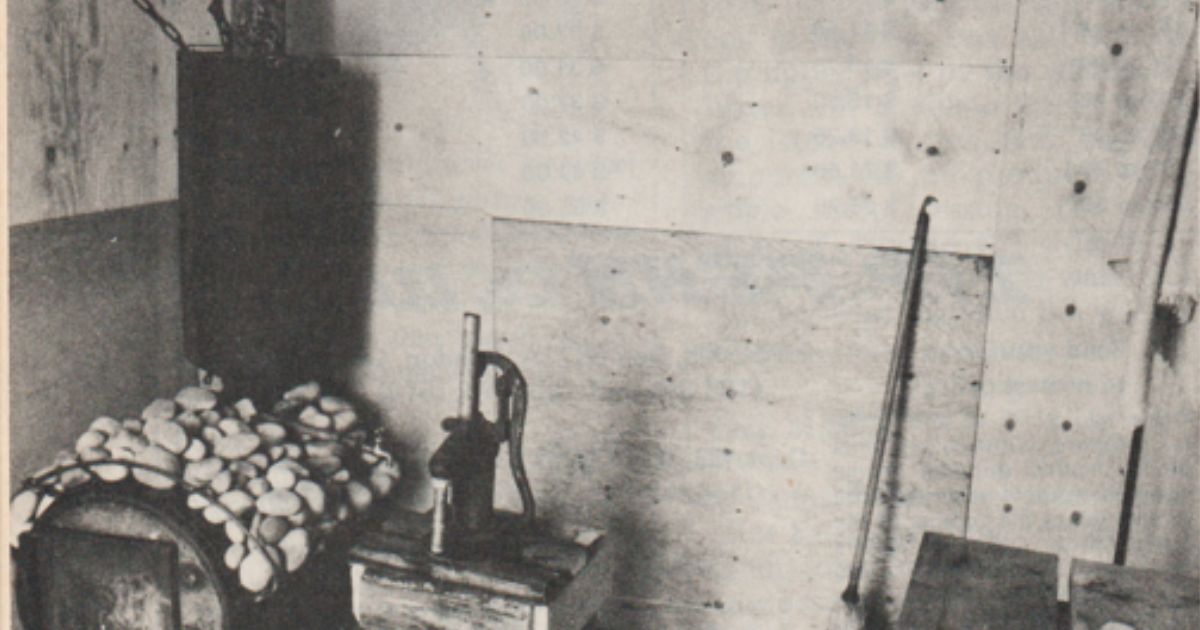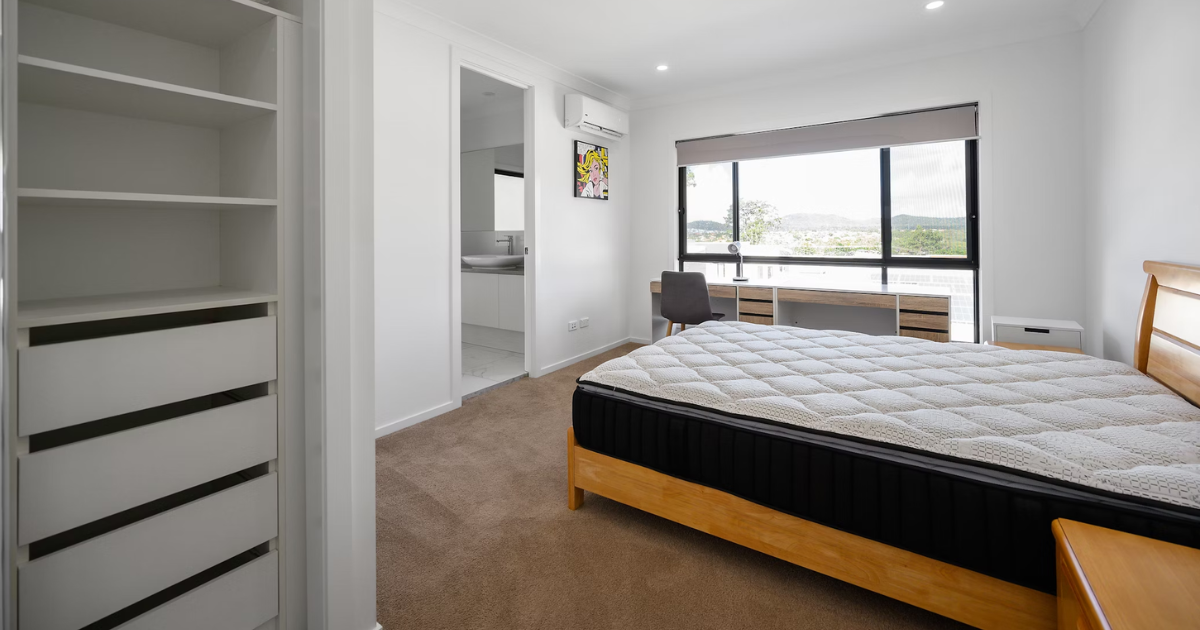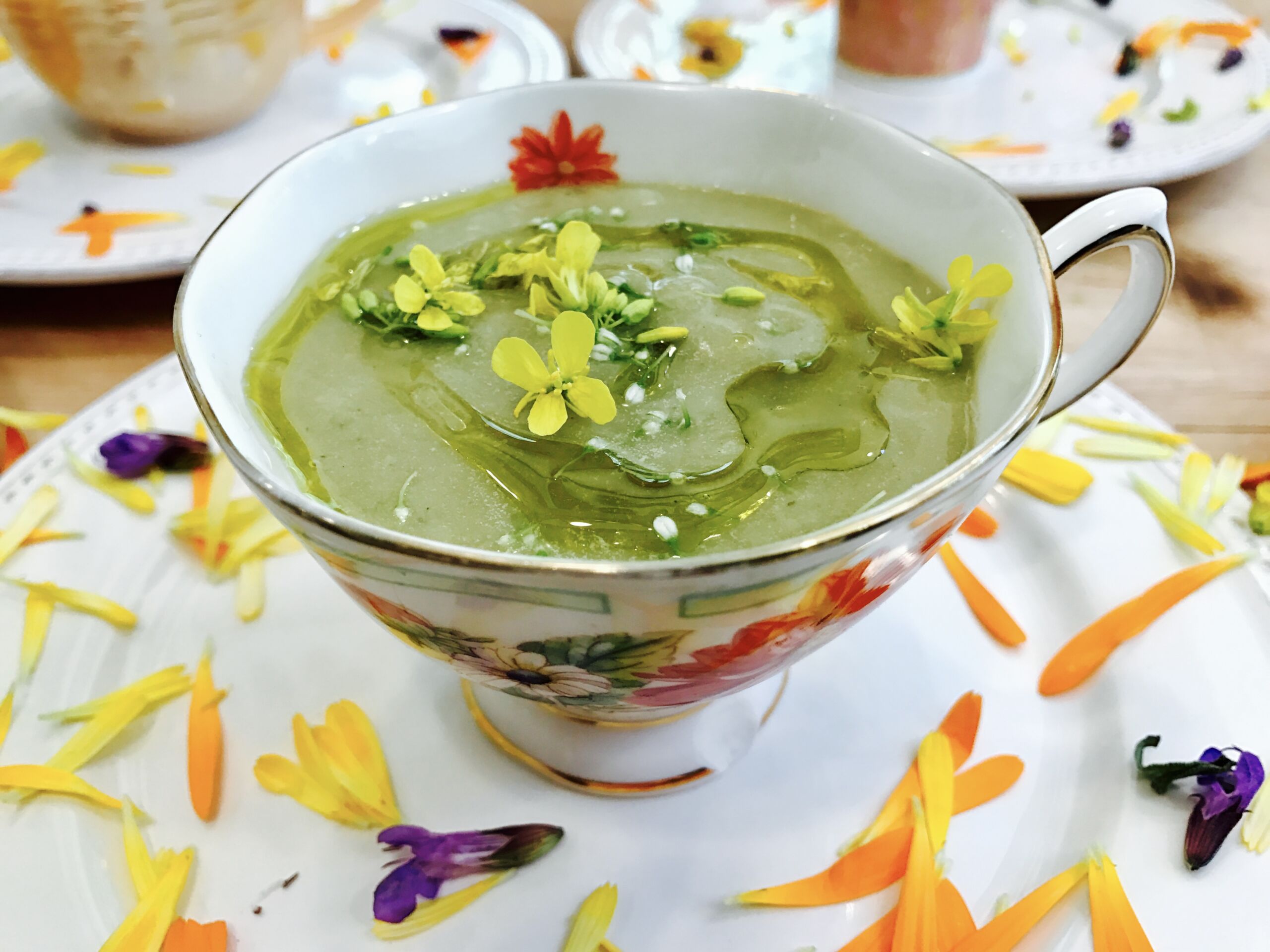By: Barbara Palm White – Originally published 1978 number 14. volume III:2
I am prepared – now – to admit that one day we pulled the sagging old granary home from the neighbour’s place I had serious doubts about Our Plan ever working.
The plan involved converting a 10-by-12-foot grain storage shed into a sauna. We were motivated primarily by a desire to be clean without having to heat water on our wood-burning stove and bathe in tubs on the kitchen floor. We also had a historical precedent – come from Finnish stock and had seated it out in my parents’ bath every Saturday night since babyhood. A ritual so long established could not be thrown off lightly.
Weather-beaten, leaning and otherwise destined to be burned the old granary presented a number of challenges, but $280, a few intensive work sessions (with a little help from our friends) and many relaxing Saturday nights later, I know we did it. Every pore in my body says “Good.”
Now on midwinter Alberta nights, we sit warm and tension free in our recycled sauna, oblivious to time and the winds blowing down from the sub-artic.
Above all, we find the sauna a friendly place; conventional baths just aren’t as conductive to shared back scrubbing and hair washing, or easy conversation. While I was growing up, the sauna night was one of the rate times when we daughters could get our mother alone to talk, unhampered by responsibilities and interruptions.

BASICS
We chose to make our sauna serve a double purpose and located it directly over the well, installed a hand pump in the centre of the sauna floor and thus eliminated the need to build a separate pump house. Before building a sauna, consider what other functions it might serve. You might build it large enough to ask as a place to wash and dry clothes, to extract honey or to house overnight guests. One design firm in New Hampshire advocates that the sauna be connected to a solar greenhouse, thus assuring that maximum use is made of the heat energy generated by the sauna stove.
Old, seasoned or well-cured wood is highly recommended as a sauna lining, Green lumber will warp or shrink, while oiled or painted wood will not absorb moisture as it should. We first lined the inside of our adopted granary with fiberglass insulation (R-12), and covered the ceiling with cedar boards. To keep costs down, the inside walls were covered with exteior grade plywood, as was the tongue-and-groove floor. (We didn’t want soapy water running through the floor cracks and then into the well; a small (8-by-10-inch) wooden grate was inlaid at the lowest point in the room to drain wash water safely away.) Although desirable, a drain in not really mandatory – you can simply sweep water out with a broom if you have an outdoor sauna.
My Finnish grandfather put our stove together four us and it is a masterful creation. The design itself is simple but ingenious, and your local welder should be able to copy it with little trouble.
The stove is made in three parts. The first is the firebox, a 45-gallon drum (the heavier the better) which is turned on its side, given four legs and a door welded into one end. At the back, an opening is cur for the stovepipe, and a sleeve is welded into the opening – just small enough for the stovepipe to sit snugly on top.
The second part consists of a water tank, welded to encircle the stovepipe. Our tank holds 40 gallons, and though we seldom put more than 12 gallons of water in on a regular bath night, it’s good to know that we can heat a large volume of water fairly efficiently whenever we need to.
The third section is the saddle, made with four-inch steel banding, which sits astride the drum and holds the rocks in place. The rocks themselves should be between three and five inches in diameter – small enough to have a fair amount of surface area and large enough to hold the heat. Find good, solid rocks. If they break when you strike them with a hammer, reject them. Sauna stones must withstand the shock of cold water splashing over them when hot, and the last thing you want is rocks breaking or exploding in the bath.
SPANKING CLEAN
Now that the old granary is plumb and outfitted for purpose its original builder could have never envisioned, we give it regular use and have developed certain rituals of our own.
We build a fire in the stove at least two hours before we intend to use the bath. Upon entering the sauna we climb to the highest benches and throw water, one dipperful at a time, onto the hot rocks, letting the resulting steam soak through our bones. A comfortable temperature for us is 140 degrees Fahrenheit (60 degrees Celsius), and we prefer relatively dry heat. When children are participating, we usually take an aluminum wash tub out with us, set it on the floor and fill it with luke warm water. This allows the room to be hot and the children cool, while they they splash with abandon and ruin nothing.

Ten minutes of heat and total relaxation seem to be plenty – then we get up and, to cool off a bit, rinse with cold water or step out into the fresh air. At this point, die-hard Finns beat themselves with the vihta, but we find that slapping the flesh is just as effective a way to “stimulate the pores”. After more relaxation in a steamier atmosphere, we wash and rinse bodies and hair, using water heated in the tank above the stove. Then comes the tingle. In winter, it’s a deliberate roll in a soft white bank of snow; in summer it’s a bucket of freshly drawn, chilly well water dumped quickly over a pink-hot body. A dip in a cold stream, lake or pool would work just as well. Those faint of heart will probably avoid this final shock. It’s something that just has to happen – if you think about it, even for a second, you probably won’t do it. If you gain the nerve to try it once, you’ll probably always follow this practice.
Colds, arthritis pain, menstrual cramps, aching muscles and any number of other common discomforts are said to disappear in the warmth and humidity of the sauna. We can’t offer any arguments to the contrary and have found that a few drops of eucalyptus oil added to the water thrown on the rocks is most effective in clearing stuffy sinuses. In Finland, the bath house was once considered a sacred place – one which could impart health and strength. Babies were born there and the very ill were taken there to die.
The sauna tradition in my parents’ home was very strong until, when I was 15, they installed running water in our house. The porcelain bathtub was so new, so modern, so clean. For almost half a year, my father would fire up the bath on Saturday night only for himself.
Then, one by one, we all returned to the old sauna. Somehow it seemed that we hadn’t been clean or relaxed in a long time. The porcelain tube was too small to really stretch out in, we rinsed off in our own dirty water, could never be warmed right through, and we had to bathe alone, without conversation or closeness. We couldn’t be without the sauna for very long.
Recently, my older sister installed a sauna in the basement of her city house, it was the first building we fixed up when we moved onto the farm. Barns, garages and greenhouses were forced to wait. We had to give ourselves a clean break.
Barbara Palm White lives near Winfield, Alberta

.













